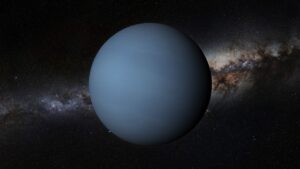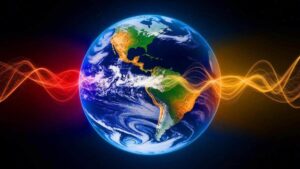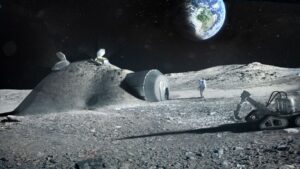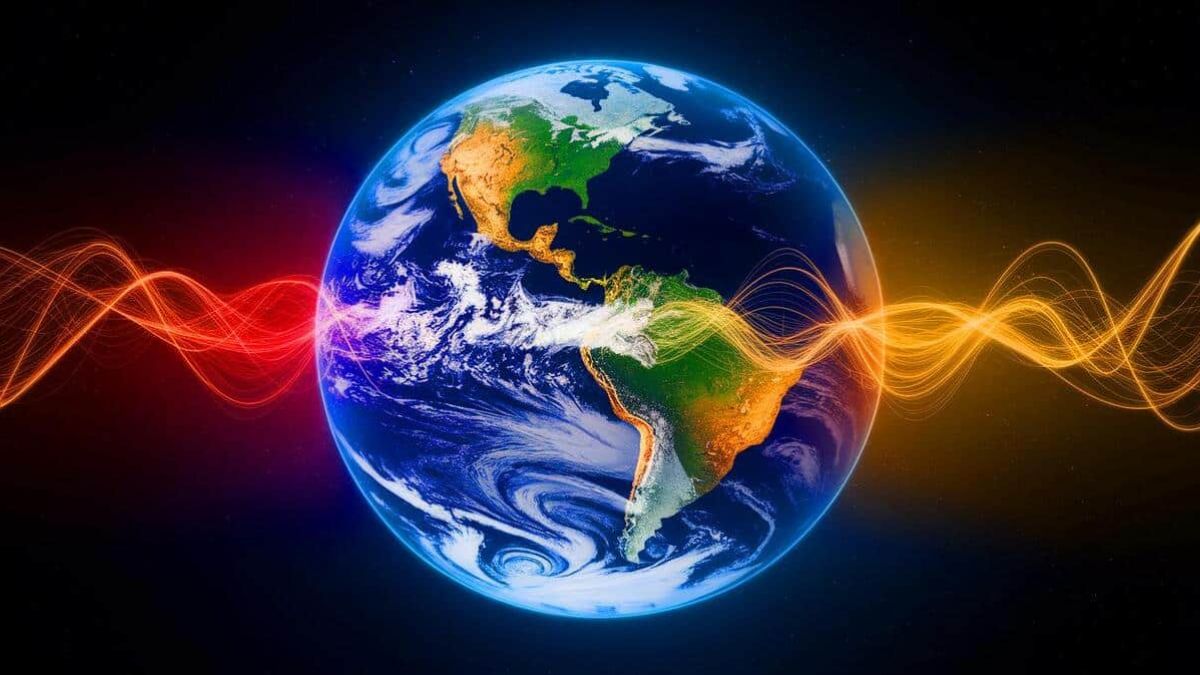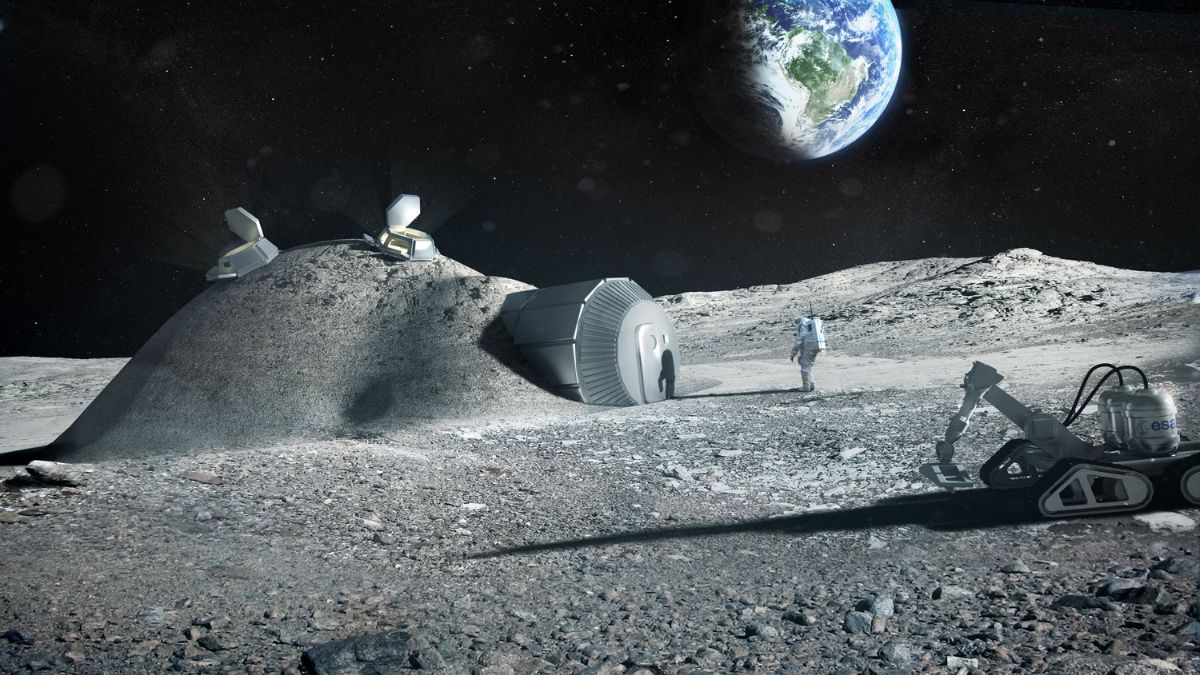Imagine peering into deep space—8 billion light-years away—and spotting something so strange it throws the entire script of how the universe works into question. That’s exactly what happened when astronomers analyzing data from the James Webb Space Telescope discovered a supermassive black hole floating between two galaxies. Not inside one. Not even near a galactic center. Just… in the middle of nowhere. This bizarre phenomenon is now known as the Infinity Galaxy—and it might just rewrite what we thought we knew about how black holes are born.
Discovery
Since its launch in 2022, the James Webb Space Telescope has been delivering jaw-dropping images of the cosmos. But among the swirling galaxies and shimmering stars, scientists came across something that didn’t add up. During the COSMOS-Web survey, researchers Pieter van Dokkum and Gabriel Brammer spotted a pair of disk galaxies caught in a head-on collision. The pattern of the merger formed a shape that looked like an infinity symbol (∞), which is how the system earned the name Infinity Galaxy.
But it wasn’t the shape that blew their minds. It was what they saw at the center: a bright, compact red core surrounded by ionized gas—evidence of an active black hole. Here’s the kicker—it wasn’t located in either galaxy’s nucleus. It was suspended in intergalactic space.
Paradox
This find opens a huge cosmic can of worms. According to the standard theory, black holes start small, forming from collapsed massive stars. Over time, they merge and grow, eventually becoming the supermassive black holes we find in galactic centers.
But black holes that Webb is spotting formed just a few hundred million years after the Big Bang—way too soon for the slow-growth model to work. So how did these cosmic giants appear so fast?
That’s where the direct collapse theory comes in. Instead of forming from stars, some black holes may form directly from dense gas clouds that collapse under their own gravity. It’s a neat theory—but one that had never been observed in action. Until now.
Formation
The Infinity Galaxy may offer the first real evidence of direct collapse. After the two galaxies smashed into each other, the surrounding gas compressed in the chaos. But instead of forming stars, one dense pocket of gas skipped that step and collapsed straight into a black hole.
To test this idea, scientists looked at how the surrounding gas was moving. Turns out, it matched the motion of the black hole almost perfectly, suggesting they formed together. This wasn’t just a rogue black hole wandering through space—it was born in the void created by the galactic crash.
This scenario flips everything we thought we knew on its head. It suggests that the universe can still create giant black holes from scratch—not just in its early days, but even billions of years later.
Trio
There’s more. The two galaxies that collided each had their own central black holes. That means this system now hosts three supermassive black holes—two in the galactic centers and one floating between them.
That makes the Infinity Galaxy a rare and valuable natural laboratory. Observing how these three black holes interact could give us insight into how they grow, move, and maybe even merge over time.
Let’s break it down:
| Feature | Description |
|---|---|
| Number of black holes | 3 |
| Distance from Earth | 8 billion light-years |
| Telescope used | James Webb Space Telescope |
| Main anomaly | Black hole not inside a galaxy |
| Formation method | Direct collapse after galaxy collision |
| Gas motion | Matches black hole velocity |
Implications
The implications are massive. This discovery suggests that supermassive black holes can form almost instantly when the right ingredients come together: enough compressed gas, no star formation, and a perfect trigger—like a violent galactic collision.
It’s also a huge clue in solving the long-standing mystery of how black holes got so big, so fast, in the early universe. Maybe this isn’t a rare event at all. Maybe we’ve just been missing it—until Webb showed us where to look.
Either way, the Infinity Galaxy proves that the universe still has plenty of tricks up its sleeve. And sometimes, the biggest surprises aren’t found in the galaxies themselves—but in the space between them.
FAQs
What is the Infinity Galaxy?
A galaxy collision site with a black hole formed outside galactic centers.
What makes this black hole unique?
It formed in intergalactic space, not within a galaxy’s core.
What is direct collapse?
A process where gas clouds collapse directly into black holes.
How far is this event from Earth?
About 8 billion light-years away.
How many black holes are in the system?
Three supermassive black holes in total.


